With less than a month remaining before Microsoft ends support for Windows 10, approximately 650 million users globally continue to depend on this operating system, while up to 400 million devices are ineligible for an upgrade.
This impending cutoff has raised concerns among consumer advocates, cybersecurity professionals, and environmental activists, who caution that millions could face heightened security risks or be compelled to invest in unnecessary hardware replacements.
Microsoft has officially announced that Windows 10 support will conclude on October 14, 2025, marking the end of its decade-long lifecycle. Post this date, users will no longer receive essential monthly security updates or bug fixes, leaving newly discovered vulnerabilities unpatched and older machines increasingly susceptible to cyberattacks.
Consumer organizations in the US and Europe have criticized this decision, arguing it unfairly pressures users to discard functioning computers. Consumer Reports described the move as “a financial burden on consumers,” highlighting that households with several PCs may face significant expenses to maintain security.
In France, the advocacy group Halte à l’Obsolescence Programmée (HOP) has initiated a petition urging Microsoft to extend free updates until 2030, emphasizing the environmental impact of widespread device replacements.
Similarly, Germany’s Verbraucherzentrale has voiced concerns about the reduction in consumer options and the increase in electronic waste resulting from forced upgrades.

Upgrade dilemma for millions: pay or risk security
While Microsoft encourages users to transition to Windows 11, which is available as a free upgrade for compatible devices, many existing PCs fall short of the new system’s stringent hardware criteria.
Requirements such as modern CPUs, Trusted Platform Module (TPM) 2.0, and enhanced security protocols mean that a significant portion of users-estimated in the hundreds of millions-will need to invest in new hardware to continue receiving updates.
For those unable to upgrade immediately, Microsoft offers a paid option: a one-year extension of security updates at $30 per device, providing a temporary buffer to plan hardware replacements. Larger organizations can purchase multi-year support extensions, albeit at a higher cost.
Cybersecurity specialists warn that ignoring the deadline is risky. Without ongoing updates, systems become vulnerable to emerging threats, leaving users exposed to potential cyberattacks.
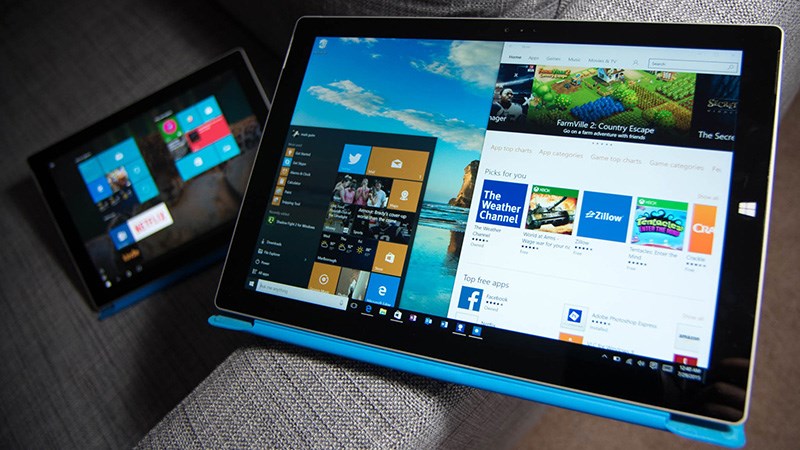
Unpatched devices are prime targets for hackers who exploit known security flaws, so the period following October 14 could see a surge in malware infections among Windows 10 users who remain online.
Related: Microsoft identifies Nigerian developer behind phishing campaign targeting 365 users
Microsoft recommends running its PC Health Check utility to determine upgrade eligibility.
Users with incompatible machines are advised to purchase new Windows 11-capable PCs or consider alternative operating systems like Linux, as some technology experts suggest.
The global impact of Windows 10’s end of support
The scale of this transition is unprecedented, making it one of the largest operating system migrations in technology history. With 650 million users still on Windows 10, this shift will trigger a vast wave of software updates, hardware acquisitions, and IT strategy adjustments across both consumer and enterprise sectors.
Industry analysts anticipate a surge in demand for new PCs over the next year as users replace outdated equipment.
However, the consequences will vary worldwide. In lower-income regions, where older computers are more common and budgets tighter, this change risks deepening the digital divide. Students, small enterprises, and economically disadvantaged families may struggle to afford necessary upgrades, experts warn.
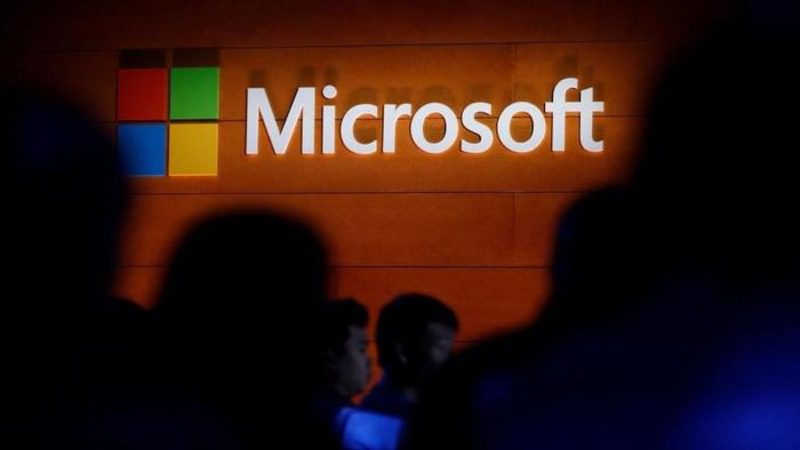
Despite widespread criticism, Microsoft remains firm on ending free support for Windows 10. The company promotes Windows 11 as the future, highlighting its enhanced security features, AI-powered tools, and longer support timelines as compelling reasons to upgrade.
As the countdown continues, users worldwide face critical decisions about their digital future.






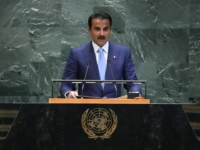








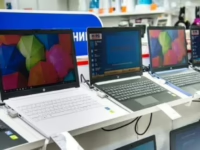





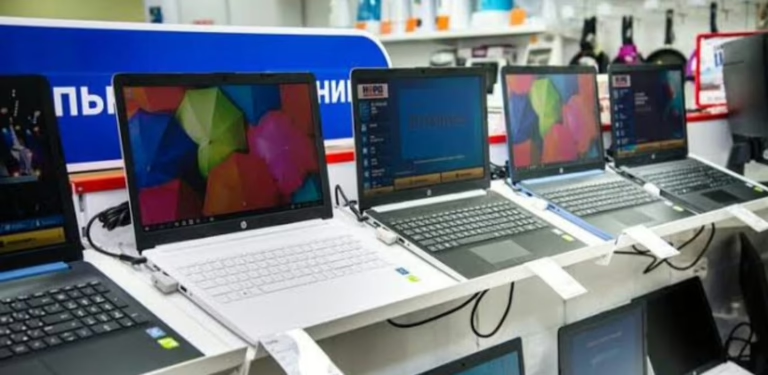


0 Comments